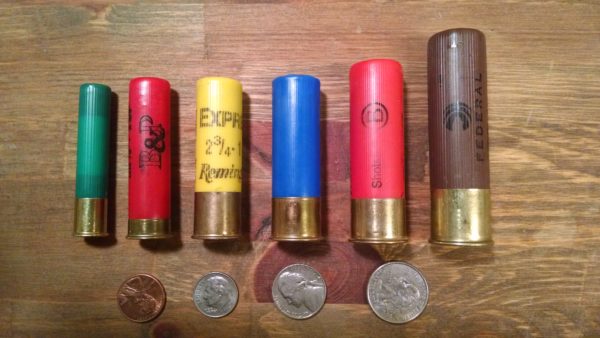
A versatile small-game hunter should regard his firearms as the foundation of his hunting gear. Especially shotguns for hunting small game. I wouldn’t say the same thing for all types of versatile big game hunters. I think that apparel and optics are equally as important than firearms but for small game hunting, it’s absolutely true: guns matter and they matter a lot.
But don’t go thinking that you need an arsenal of rifles and shotguns in order to be an effective small game hunter. If you own a vault full of shotguns, that’s great, as long as you spend enough time with one of them to learn how to use it. But for you folks who don’t have the money or inclination to accumulate a collection of firearms, don’t fret.
By shopping carefully, either used or new, you can purchase a single shotgun that will cover virtually 95% of the small game hunting opportunities that this continent has to offer. If you want to bring your level of preparedness up to 100%, that can be easily achieved with the addition of a .22 caliber rimfire rifle.
Shotguns for Hunting Small Game
To achieve this level of versatility with a rifle, you’d need a caliber that was ideal for everything from squirrels to moose. And trust me, it doesn’t exist. While it might seem that a versatile shotgun would be costlier than one with a narrower range of capabilities, the opposite is true.
Some of the lowest priced shotguns on the market carry some of the highest credentials. But first, here’s a primer on shotgun terminology and how it applies to you.
Shotgun Gauges

Shotguns are sized according to the bore diameter. The smallest shotgun used for hunting purposes is the .410 for rabbits and squirrels, typically, while the largest is the 10 gauge for geese and swans. The .410 is named after its caliber measurement; the diameter of the bore is .410 of an inch, just as a .308 rifle cartridge is .308 of an inch.
Shotguns that use the term “gauge,” such as 10-gauge, 12-gauge, and 20-gauge, rely on an arcane system that correlates the bore diameter to how many lead spheres of that size it would take to make a pound of weight. A 20-gauge shotgun has a bore diameter of .615 inches, and 20 lead balls of that size would weigh one pound. A 12-gauge has a bore diameter of .729; twelve lead balls of that size weigh a pound.
The Bull Stops Here
This will piss off a lot of shotgun snobs, including some guys who really know what they’re talking about. The only two gauges worth considering are 20 gauge and 12 gauge. Ammunition for these gauges is widely available and highly versatile, and there’s no practical reason to stray into the more esoteric gauges.
In recent years there’s been a lot of spirited debate about the relative attributes of 12-gauge and 20-gauge shotguns, spurred in particular by advances in ammunition.
A person could spend days reading up on these arguments in dedicated firearms magazines, and you’re welcome to do so. But here I’m just going to cut through a lot of the B.S. and give you a fairly straightforward summation of the information and also a piece of advice.
12-gauge shotguns have bigger shells than 20-gauge shotguns, so they throw more pellets and they typically kick harder. If the bulk of your hunting is going to be for smaller sized small game, such as rabbits, quail, pheasants, etc., then feel free to go with a 20-gauge. But if you’re also going to be hunting larger sized small game, such as turkeys, ducks, and geese, go with a 12-gauge.





